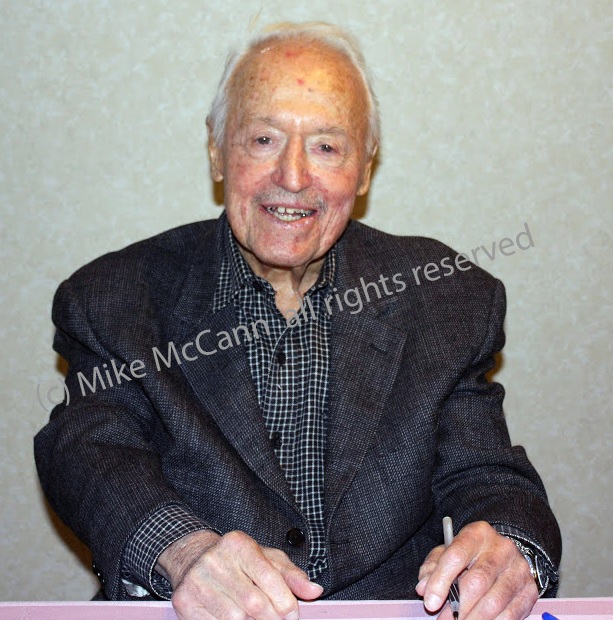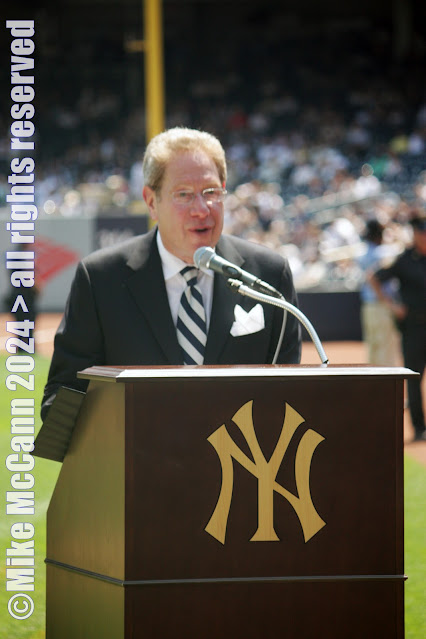Game Changing Date
When you think of the 5th of March, visions of players rounding into shape with palm trees and cactus in the background come to mind. Maybe a home run or a few stunningly good innings from a previously unheralded prospect.
But the March 5th, 1966 was a date that changed baseball forever. On that date, the Major League Baseball Players Association named former Steelworkers Union attorney Marvin Miller as its executive director.
A fan of the game but with no prior connection to baseball, Miller was recruited for the job by veteran players Jim Bunning, Bob Friend, Harvey Kuenn and Robin Roberts. In a time of rapidly rising TV revenues, the average player's salary was $19,000. Something was out of balance. The players were the product; bound to teams by the reserve clause, they were not receiving anywhere near a fair share.
In a 2010 interview with Deadspin, Miller recalled, "I was doing my level best to try and understand what their problems were... what they hoped their organization could become. I was having a terrible time, because whenever I would manage to steer the conversation that way, I would get responses about the pension plan and almost nothing else. Finally, I said, 'You know, there are other things to be concerned about.' At that point, Bunning opened up a little. He talked about scheduling problems, about back-to-back doubleheaders, getaway days, playing at night and having to take a plane in the middle of the night to another city and having to play the next day — all kinds of problems like that. And he was pretty voluble about such things once I primed the pump a little."
Miller said the players were reluctant to call the MLBPA a union. "They were thinking more along the lines of a professional organization... Most ballplayers are drafted out of high school, a few out of college. None of them had real experience in the workforce. They had no personal experience with the value of a good trade union. But they were subjected to all the rotten anti-union propaganda. As Robin Roberts [the spokesman of the search committee] explained to me at the time, they come from non-union areas. They come from Southern states. They come from Orange County. They come from Arizona. They come from climates where you can play ball most of the year, and in all those places, you're dealing with an anti-union society."
By the time Miller retired in 1982, the average player salary had risen more than 10 times -- with major advances in working conditions, pensions and health care -- and, most stunningly, free agency for veteran players and end of the dreaded reserve clause.
Under Miller's leadership, the union that wasn't a union went onto become the most successful unit of American organized labor.
But the March 5th, 1966 was a date that changed baseball forever. On that date, the Major League Baseball Players Association named former Steelworkers Union attorney Marvin Miller as its executive director.
A fan of the game but with no prior connection to baseball, Miller was recruited for the job by veteran players Jim Bunning, Bob Friend, Harvey Kuenn and Robin Roberts. In a time of rapidly rising TV revenues, the average player's salary was $19,000. Something was out of balance. The players were the product; bound to teams by the reserve clause, they were not receiving anywhere near a fair share.
In a 2010 interview with Deadspin, Miller recalled, "I was doing my level best to try and understand what their problems were... what they hoped their organization could become. I was having a terrible time, because whenever I would manage to steer the conversation that way, I would get responses about the pension plan and almost nothing else. Finally, I said, 'You know, there are other things to be concerned about.' At that point, Bunning opened up a little. He talked about scheduling problems, about back-to-back doubleheaders, getaway days, playing at night and having to take a plane in the middle of the night to another city and having to play the next day — all kinds of problems like that. And he was pretty voluble about such things once I primed the pump a little."
Miller said the players were reluctant to call the MLBPA a union. "They were thinking more along the lines of a professional organization... Most ballplayers are drafted out of high school, a few out of college. None of them had real experience in the workforce. They had no personal experience with the value of a good trade union. But they were subjected to all the rotten anti-union propaganda. As Robin Roberts [the spokesman of the search committee] explained to me at the time, they come from non-union areas. They come from Southern states. They come from Orange County. They come from Arizona. They come from climates where you can play ball most of the year, and in all those places, you're dealing with an anti-union society."
By the time Miller retired in 1982, the average player salary had risen more than 10 times -- with major advances in working conditions, pensions and health care -- and, most stunningly, free agency for veteran players and end of the dreaded reserve clause.
Under Miller's leadership, the union that wasn't a union went onto become the most successful unit of American organized labor.




Comments